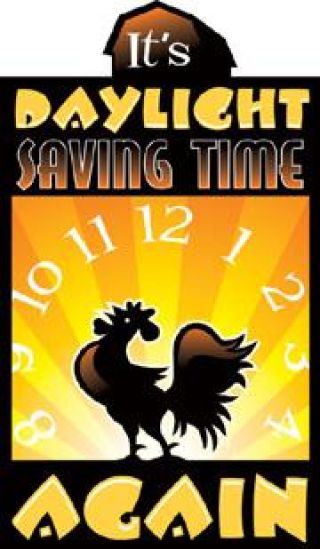Saturday night, most Americans will turn the hands of their clocks forward one hour, joining more than one billion people in the familiar “spring ahead” ritual.
If it seems like the beginning of Daylight-Saving Time has come early this year - well, it has.
In August 2005, Congress passed, and the president signed, the Energy Policy Act. The bill, among other things, extended Daylight-Saving Time by about a month. From 1986 to 2006, DST began with the first Sunday in April and ran through the last Sunday in October. Starting this weekend, it will be observed from the second Sunday in March to the first Sunday in November.
The new rules mean an extra four or five weeks of DST each year. There will now be a total of 238 days of DST, compared to a total of 210 days under the previous rule.
Here is perhaps more than anyone wishes to know about Daylight-Saving Time, gleaned from a variety of Web sites.
€ Tinkering with the hands of a clock really don't “save” time, of course; the policy just makes daylight available in the evening hours, rather than morning. The policy could more precisely be called Daylight-Shifting Time, but that's not going to happen.
€ The federal law that established “daylight time” in this country does not require any area to observe Daylight-Saving Time. But if a state chooses to observe DST, it must follow the starting and ending dates set by the law. Daylight-Saving Time is not observed in Hawaii, American Samoa, Guam, Puerto Rico, the Virgin Islands and the state of Arizona (with the exception of the Navajo Indian Reservation, which does observe DST).
€ Most of Canada uses Daylight Saving Time. Some exceptions include the majority of Saskatchewan and parts of northeastern British Columbia.
€ It wasn't until 1996 that Mexico adopted DST. Now all three Mexican time zones are on the same schedule as the United States. Also in 1996, members of the European Union agreed to observe a “summer-time period” from the last Sunday in March to the last Sunday in October.
€ Most countries near the equator don't deviate from standard time.
€ In the Southern Hemisphere, where summer arrives in what we in the Northern Hemisphere consider the winter months, Daylight-Saving Time is observed from late October to late March.
€ China, which spans five time zones, is always eight hours ahead of Greenwich Mean Time and does not observe DST.
€ In Japan, DST was implemented after World War II by the U.S. occupation. In 1952 it was abandoned because of strong opposition by Japanese farmers.
€ And, finally, it is Daylight-Saving Time, not “Savings.”


